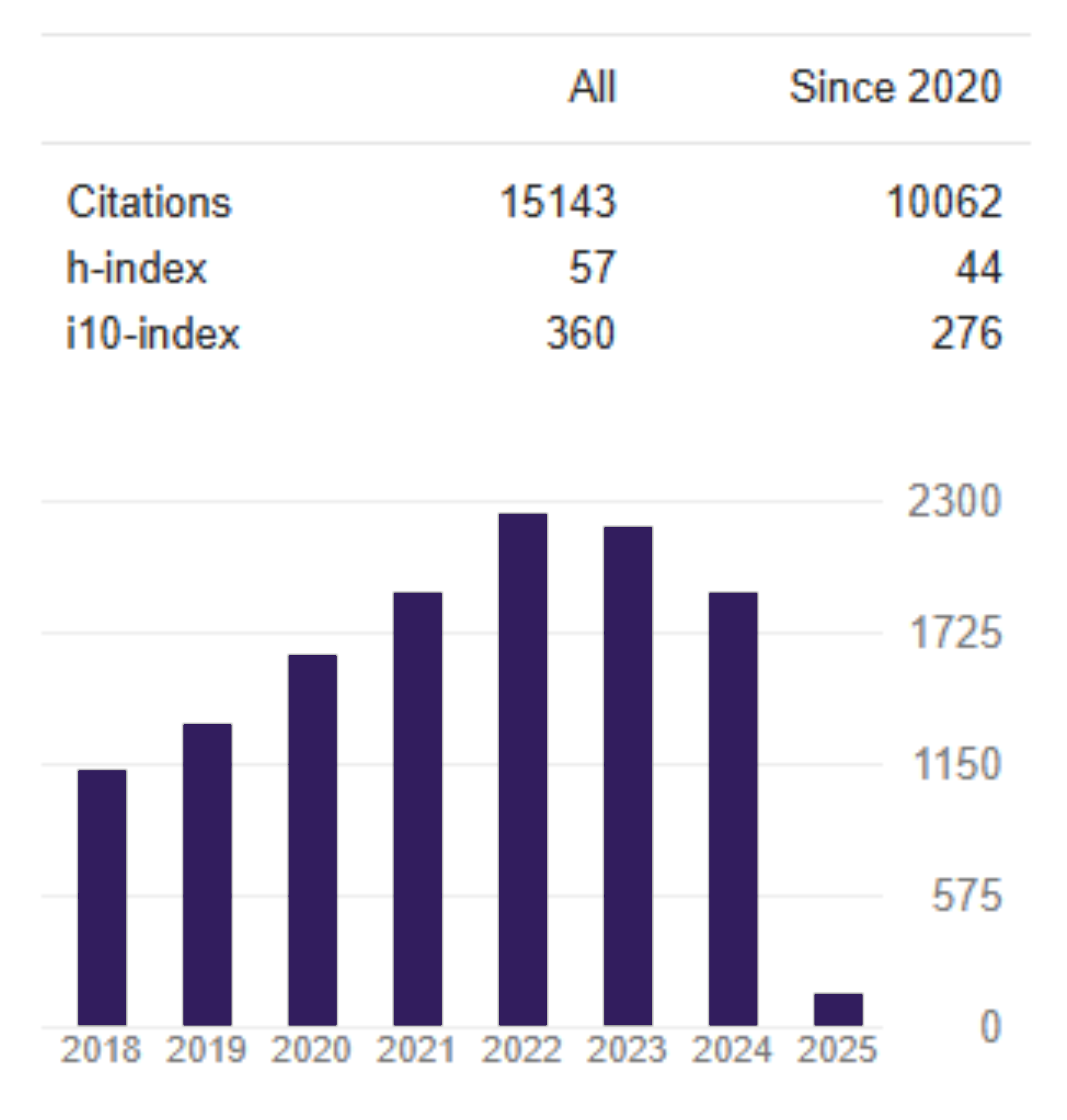Cost Efficiency, Total Assets, and Profitability: Evidence from Islamic Bank
DOI:
https://doi.org/10.26905/jkdp.v22i4.2218Keywords:
Cost Efficiency, Profitability, Sharia Banking, Stochastic Frontier Approach, Total AssetAbstract
Inefficiency is one of the factors that can decrease the bank’s health. Efficiency was very important for banking. Efficient banking will increase total assets and profitability. This study examined the cost efficiency of sharia banks and their effects on total assets and profitability. This study aimed to analyze the effect of cost efficiency and other financial ratios on total assets and profitability. By using a stochastic frontier approach, it was found that the average cost efficiency level in sharia bank was 85.18 percent. Furthermore, by using a panel regression method in 12 sharia banks, it was found that cost efficiency had a negative effect on total assets but did not affect the profitability of sharia banks. In addition to cost efficiency, CAR also had negative effects on total assets. FDR and NPF had a negative effect on profitability which proxied by ROA while profitability proxied by ROE negatively affected by NPF. Sharia banking should pay attention to the level of cost efficiency, capital adequacy, and financing quality in order to increase total assets and profitability.
JEL Classification: G31, G32, G34
DOI: https://doi.org/10.26905/jkdp.v22i4.2218
Downloads
References
Aigner, D., Lovell, K., & Schmidt, P. (1977). Formulation and estimation of stochastic frontier production function models. Journal of Econometrics, 6(1), 21-37. https://doi.org/10.1016/0304-4076(77)90052-5.
Aiello, F., & Bonanno, G. (2013). Profit and cost efficiency in the Italian banking industry (2006-2011). Economics and Bussiness Letters, 2(4), 190-205. Retrieved from: https://mpra.ub.uni-muenchen.de/id/eprint/48940.
Aliyu, S., & Yusof, R. M. (2016). Profitability and cost efficiency of Islamic banks: A panel analysis of some selected countries. International Journal of Economics and Financial Issues, 6(4), 1736-1743. Retrieved from: http://www.econjournals.com/index.php/ijefi/article/view/2799.
Azaro, S. (2014). Analisis mengukur tingkat efisiensi perbankan syariah di Indonesia (studi pada Bank Syariah Mandiri, Bank Mega Syariah, Bank Muamalat Indonesia periode 2009-2012). Artikel Publikasi. Universitas Muhammadiyah Surakarta.
Hartono, E. (2009). Analisis efisiensi biaya industri perbankan indonesia dengan menggunakan metode parametrik stochastic frontier analysis (studi pada perbankan yang terdaftar di Bursa Efek Indonesia periode 2004-2007). Tesis. Universitas Diponegoro Semarang.
Hidayat, R. (2014). Efisiensi Perbankan Syariah Teori dan Praktik. Bekasi: Gramata Publishing.
Karim, M. Z. A., Chan, S. G., & Hassan, S. (2010). Bank efficiency and non-performing loan: Evidence from Malaysia and Singapore. Prague Economic, 2010(2), 118-132.
Kristiyana, H. (2017). Jumlah Kantor Bank Berkurang 134 Unit, Ini Penjelasan OJK. Retrieved: Oc-tober 29th, 2018. https://finance.detik.com/moneter/d-3720145/jumlah-kantor-bank-berkurang-134-unit-ini-penjelasan-ojk.
Mongid, A. &Muazaroh. (2017). The efficiency and inefficiency of the banking sector: Evidence from selected ASEAN Banking. Jurnal Ekonomi Malaysia, 51(1), 119-131.
Mongid, A. & Muazaroh. (2017). On the Nexus between risk-taking and profitability: Evidence from Indonesia. International Journal of Bussiness and Society, 18(2), 271-284.
Muhari, S., & Hosen, M. N. (2014). Tingkat efisiensi BPRS di Indonesia: Perbandingan metode SFA dengan DEA dan hubungannya dengan CAMEL. Jurnal Keuangan dan Perbankan, 18(2), 307-328.
Oktavi, S. & Nasution, Z. (2016). Analisis faktor-faktor yang mempengaruhi kinerja keuangan bank umum konvensional dan syariah di Indonesia. Jurnal Perbankan Syariah, 1(2).
Olson, D., & Zoubi, T. A. (2011). Efficiency and bank profitability in MENA countries. Emerging Markets Review, 12(2), 94-110. https://doi.org/10.1016/j.ememar.2011.02.003
Rahmawati, R. (2015). Strategi peningkatan efisiensi biaya pada bank umum syariah berbasis stochastic frontier approach dan data envelopment analysis. Buletin Ekonomi Moneter dan Perbankan, 17(4), 1-24.
Rosyadi, I. (2017). Komparasi efisiensi perbankan syariah dan perbankan konvensional di In-donesia. Riset Akuntansi dan Keuangan Indonesia, 2(1), 61-74.
Shawtari, F. A., Saiti, B., Razak, S. H. A., & Ariff, M. (2015). The impact of efficiency on discretionary loans/finance loss provision: A comparative study of Islamic and conventional banks. Borsa Istanbul Review, 15(4), 272-282. https://doi.org/10.1016/j.bir.2015.06.002
Wahab, W. (2015). Analisis faktor-faktor yang mempengaruhi efisiensi bank umum syariah di Indonesia dengan pendekatan two stage Stochastic Frontier Approach (Studi analisis di bank umum syariah). Jurnal Economica, 6(2), 57-76. http://dx.doi.org/10.21580/economica.2015.6.2.794
Yuniarti, S. (2008). Kinerja efisiensi bank berstratifikasi sesuai dengan visi Arsitektur Perbankan Indonesia. Jurnal Keuangan dan Perbankan, 12(3), 459–478. Retrieved from: http://jurnal.unmer.ac.id/index.php/jkdp/article/view/907
Downloads
Published
Issue
Section
License

This work is licensed under a Creative Commons Attribution-ShareAlike 4.0 International License.



